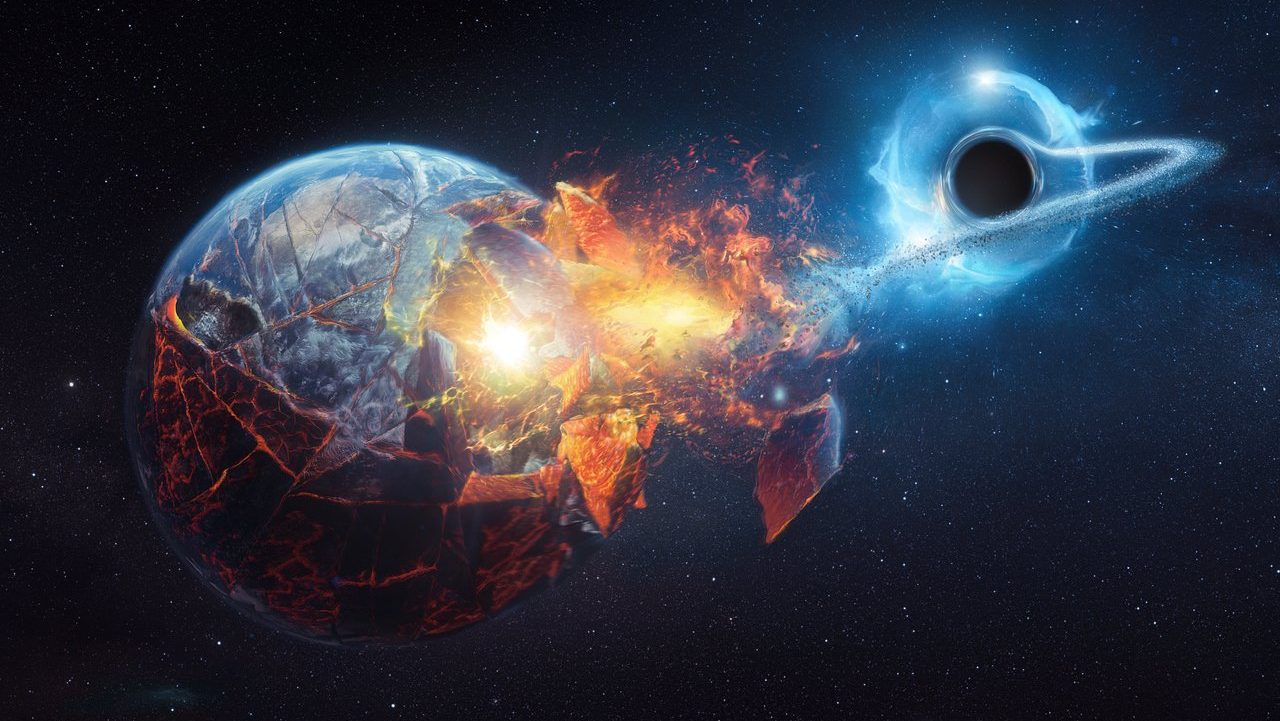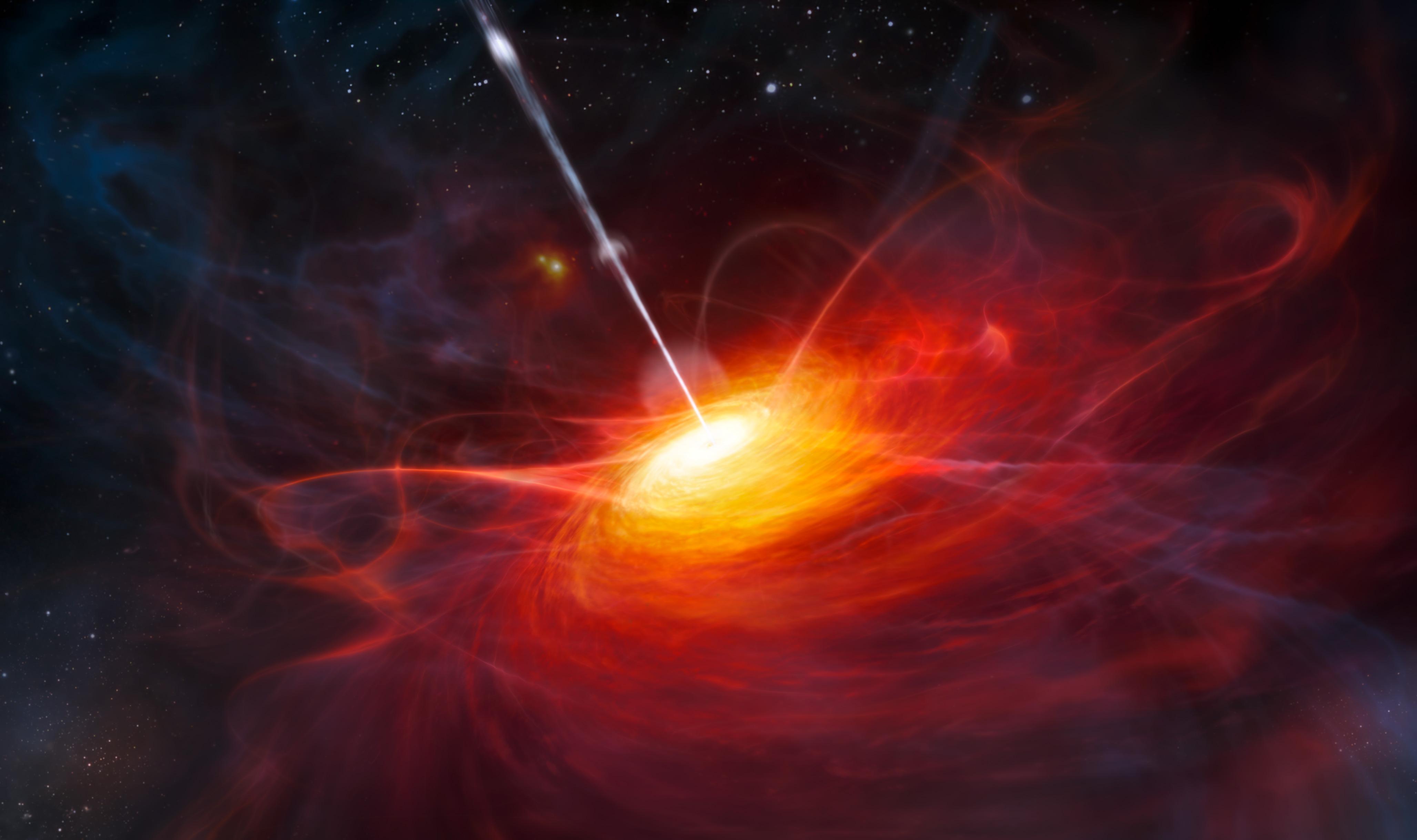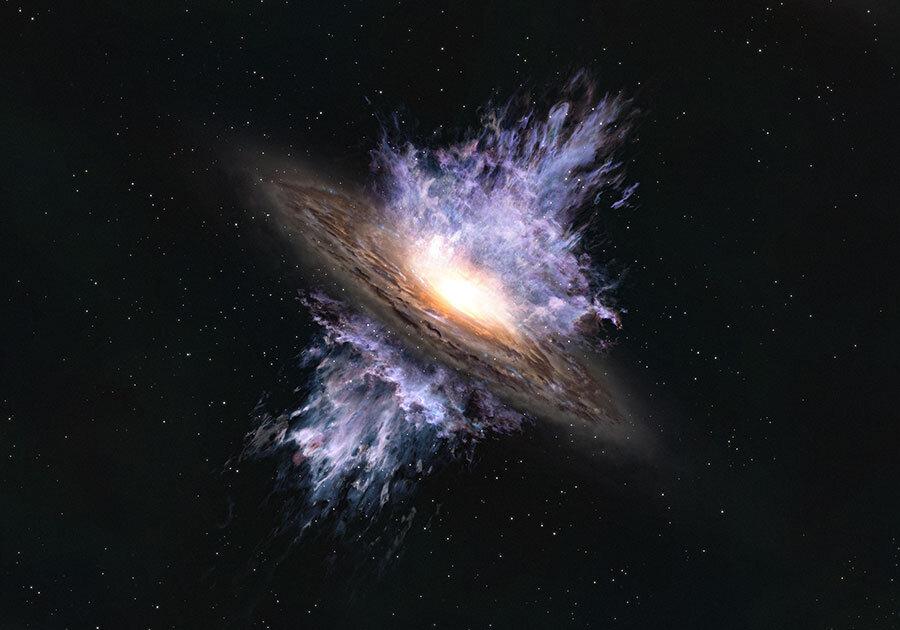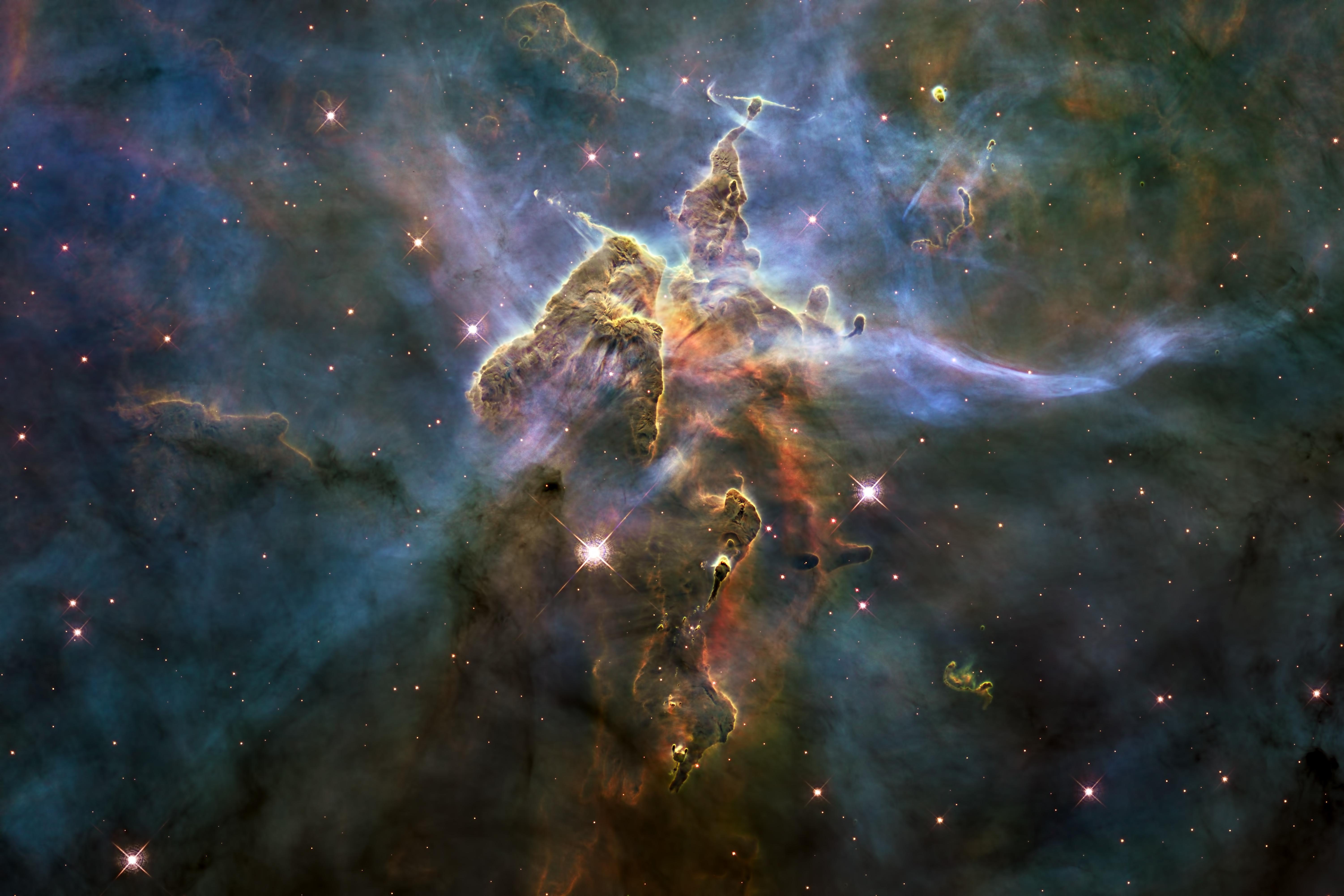We Are “Extragalactic Immigrants” from Faraway Galaxies, Discover Astrophysicists

Not only are we made of stardust, but we may come from a galaxy far, far away. Astrophysicists discovered that up to half of the matter in our Milky Way galaxy comes from other, distant galaxies.
The scientists used supercomputer simulations to make the surprising discovery that galaxies get matter through intergalactic transfer. Supernova explosions within one galaxy eject so much gas that it gets picked up by galactic winds that transport it to other galaxies. That way atoms get moved from one part of the cosmos to another.
“Given how much of the matter out of which we formed may have come from other galaxies, we could consider ourselves space travelers or extragalactic immigrants,” said Daniel Anglés-Alcázar, a postdoctoral fellow at Northwestern who led the study.
He added that it’s likely a large amount of the matter in the Milky Way came from other galaxies after it got “kicked out by a powerful wind, traveled across intergalactic space and eventually found its new home in the Milky Way.”
This would have taken several billion years to accomplish, even if galactic winds can move at several hundred kilometers per second.
Check out this animation illustrating the intergalactic transfer of gas:
Anglés-Alcázar developed advanced algorithms that mined the data generated by researchers from the FIRE (“Feedback in Realistic Environments”) project, led by Northwestern professor Claude-André Faucher-Giguère. The FIRE team created numerical simulations that resulted in realistic 3-D models of galaxies, from the Big Bang to the present. The algorithm by Anglés-Alcázar was able to quantify how the matter was transferred between the galaxies.
“This study transforms our understanding of how galaxies formed from the Big Bang,” explained Faucher-Giguère, a co-author of the study. “What this new mode implies is that up to one-half of the atoms around us — including in the solar system, on Earth and in each one of us — comes not from our own galaxy but from other galaxies, up to one million light years away.”
The team was able to track how gas from smaller galaxies ends up in the larger ones, like our Milky Way, where the gas forms stars.
“Our origins are much less local than we previously thought,” pointed out Faucher-Giguère. “This study gives us a sense of how things around us are connected to distant objects in the sky.”
The findings provide unique insights into how galaxies grow. The scientists plan to test their results by collaborating with observational astronomers working on the Hubble Space Telescope and ground-based observatories.
Check out the study “The Cosmic Baryon Cycle and Galaxy Mass Assembly in the FIRE Simulations” here. It is published by the Monthly Notices of the Royal Astronomical Society.





